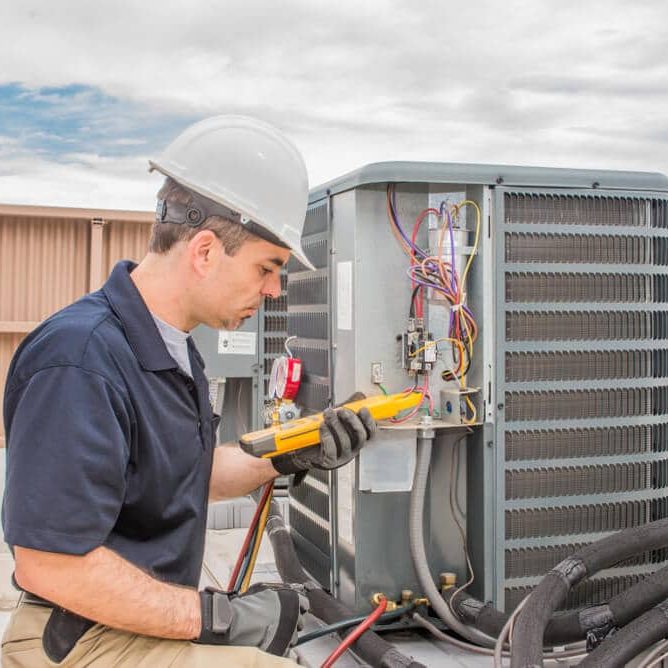It is easy to get stuck in a routine when performing daily tasks. Sometimes, this routine makes us forget that there might be a better way to take care of our responsibilities. When talking about facility management, preventative maintenance can often be overlooked, and, in the long run, this leads to high expenses and tiresome tasks.
Many benefits become apparent when a preventative maintenance plan is created for a facility. First, it makes facilities remain functional longer, at the least expense possible. Second, implementing a program with regular inspections and repairs will optimize all equipment functions and help facility managers calculate its life expectancy, overall cost, and future replacements the facility might need.
By following these preventative maintenance tips, you will be able to extend the life of your machinery, prevent failure, and make your facility more efficient:

Measure Preventative Maintenance Hours
Measure the hours of preventative work completed versus all maintenance activities. The goal is to increase the number of preventive maintenance hours as compared to the department’s maintenance work.
Make a Plan
Make a blueprint with all equipment under your control and write down when the next maintenance is required. Check this plan constantly and schedule maintenance or repairs ahead of time. Setting a schedule will help you project machinery lifespan and can improve planning according to staffing and budget needs.
Schedule Walkthroughs
Schedule regular walkthroughs around the facility with the required personnel to find minor problems before they get out of control. Ask your facility service provider, janitorial company, handyman, etc., to walk the facility with you focusing on all details they specialize in. By fixing problems when they are just starting, you can prevent more significant issues.
Learn the Different Types of Maintenance
By studying failure modes within your facility (why something fails), you can detect a failure before it happens and modify operation around these maintenance periods. It is easy to think reactive maintenance is the least time-consuming, but it is best to invest in preventative and predictive maintenance in the long run. Facility management often has three different maintenance approaches:
- Reactive- "fix it when it breaks" approach
- Preventative- "check on it and make repairs before it breaks" approach
- Predictive- "use technology to forecast future problems and provide maintenance accordingly" approach
Most facility managers opt for the reactive approach. Unfortunately, this usually represents poor planning and leads to more significant problems like higher costs, understaffing, and operation delays.

Understand Machinery Time Differences
Preventative services are typically scheduled based on the time meter readings on the equipment. However, most equipment does not differentiate between work time and idle time. This, unfortunately, can lead to preventative maintenance scheduled more than necessary. Knowing your facility in and out can help schedule maintenance only when necessary.
Ensure You Are Scheduling the Correct Preventative Methods
Another important aspect of being familiar with your equipment is knowing what it needs and when. If you are unsure what your equipment might need, ask your equipment representative or maintenance professional, and include them in the scheduling process.
Anticipate Future Parts Replacements
Asset management software can help predict when a part might need to be changed or when routine maintenance is required. Ordering spare parts ahead of time is critical to uphold the designated maintenance schedule and keep operations running smoothly.
Understand Machinery Time Differences
Preventative services are typically scheduled based on the time meter readings on the equipment. However, most equipment does not differentiate between work time and idle time. This, unfortunately, can lead to preventative maintenance scheduled more than necessary. Knowing your facility in and out can help schedule maintenance only when necessary.
Ensure You Are Scheduling the Correct Preventative Methods
Another important aspect of being familiar with your equipment is knowing what it needs and when. If you are unsure what your equipment might need, ask your equipment representative or maintenance professional, and include them in the scheduling process.
Anticipate Future Parts Replacements
Asset management software can help predict when a part might need to be changed or when routine maintenance is required. Ordering spare parts ahead of time is critical to uphold the designated maintenance schedule and keep operations running smoothly.
